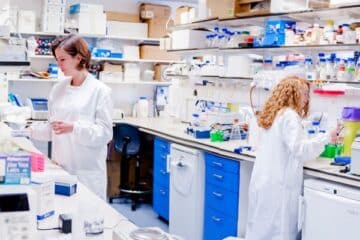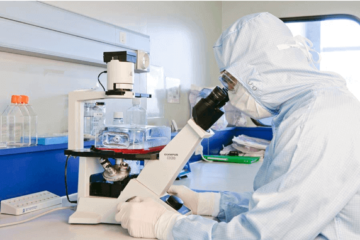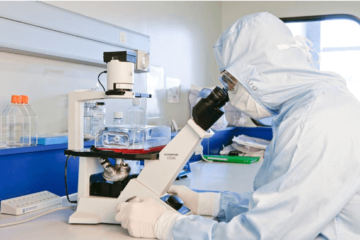Treatment of acute liver inflammation using stem cells
Acute liver inflammation, a prevalent medical concern, finds promising therapeutic potential in stem cell treatment. This article analyzes the scientific evidence supporting the use of stem cells in alleviating liver inflammation, exploring the mechanisms of action and clinical outcomes observed in various studies.












